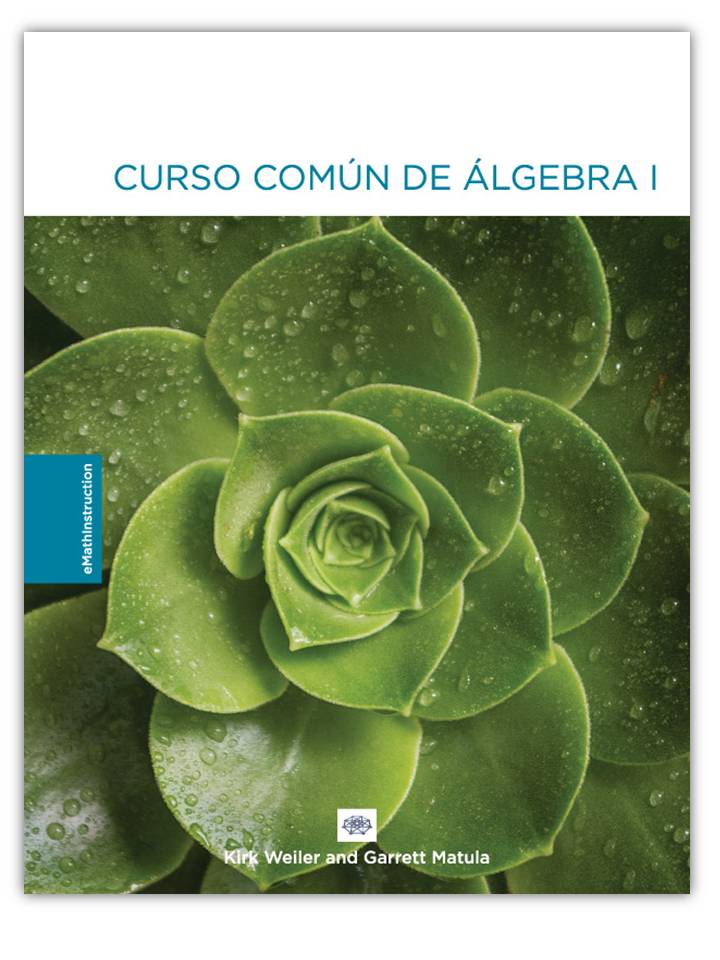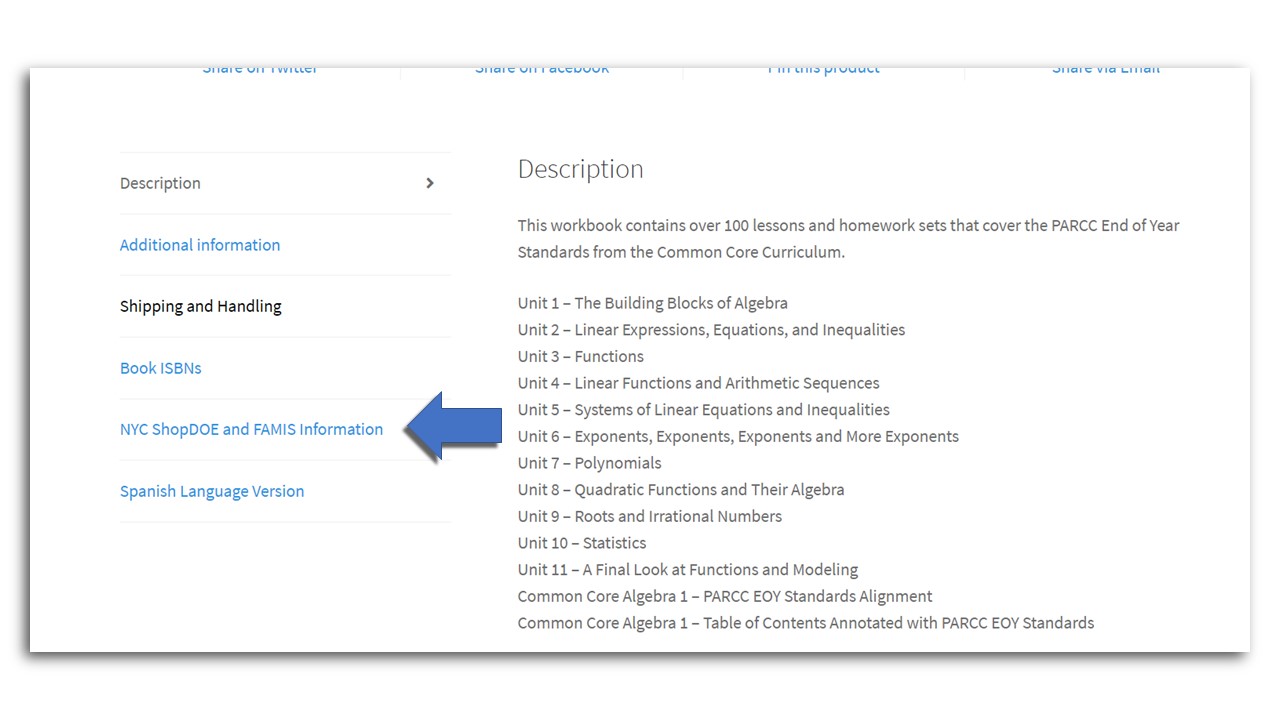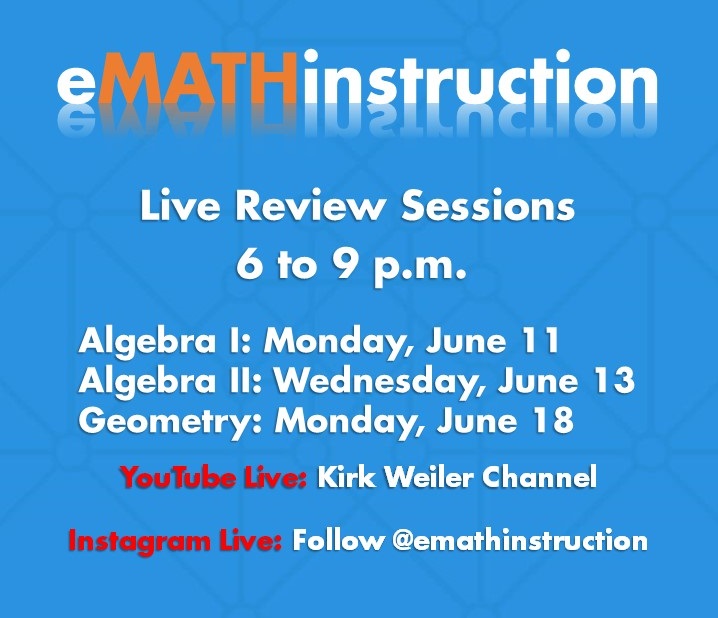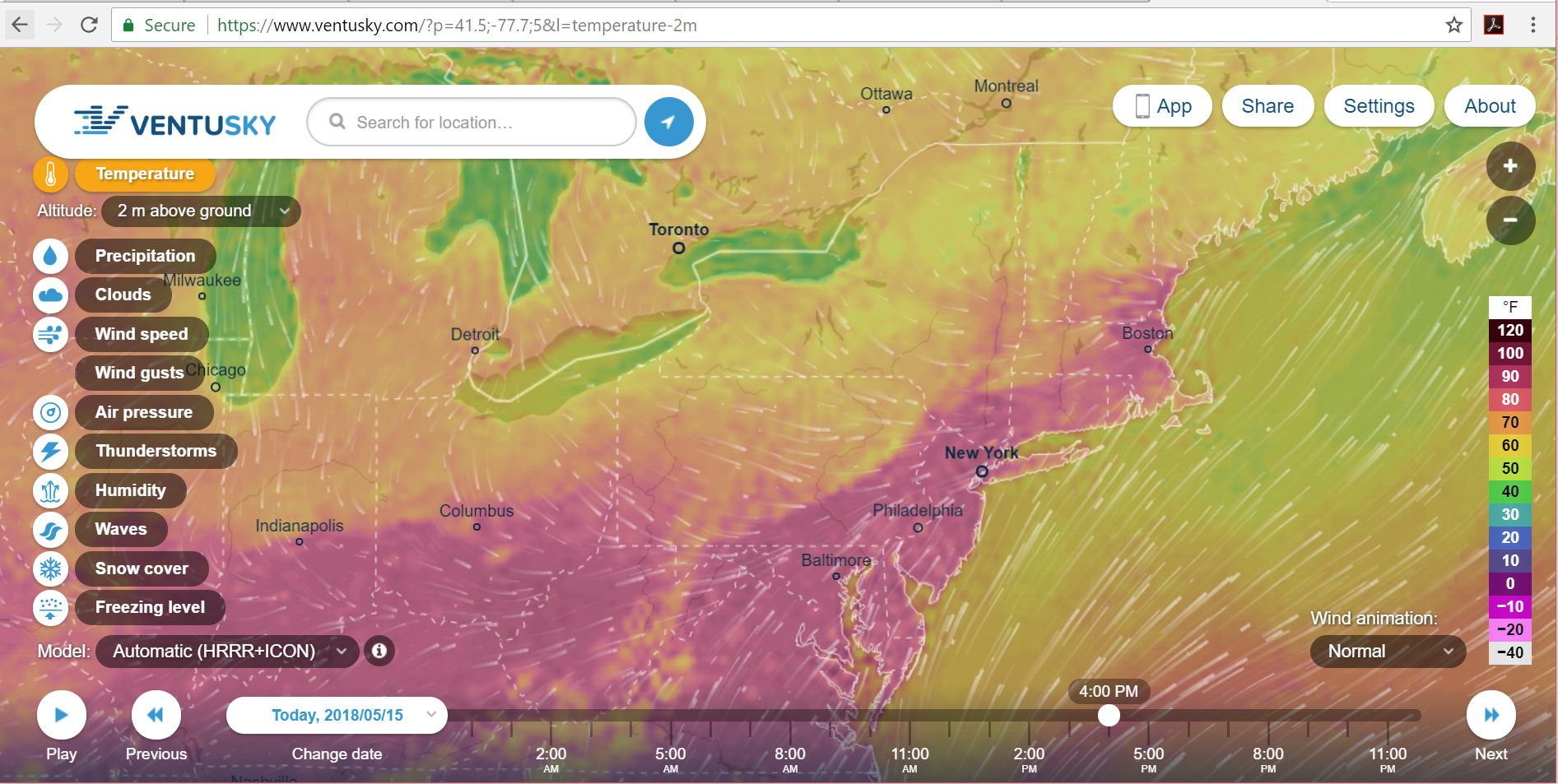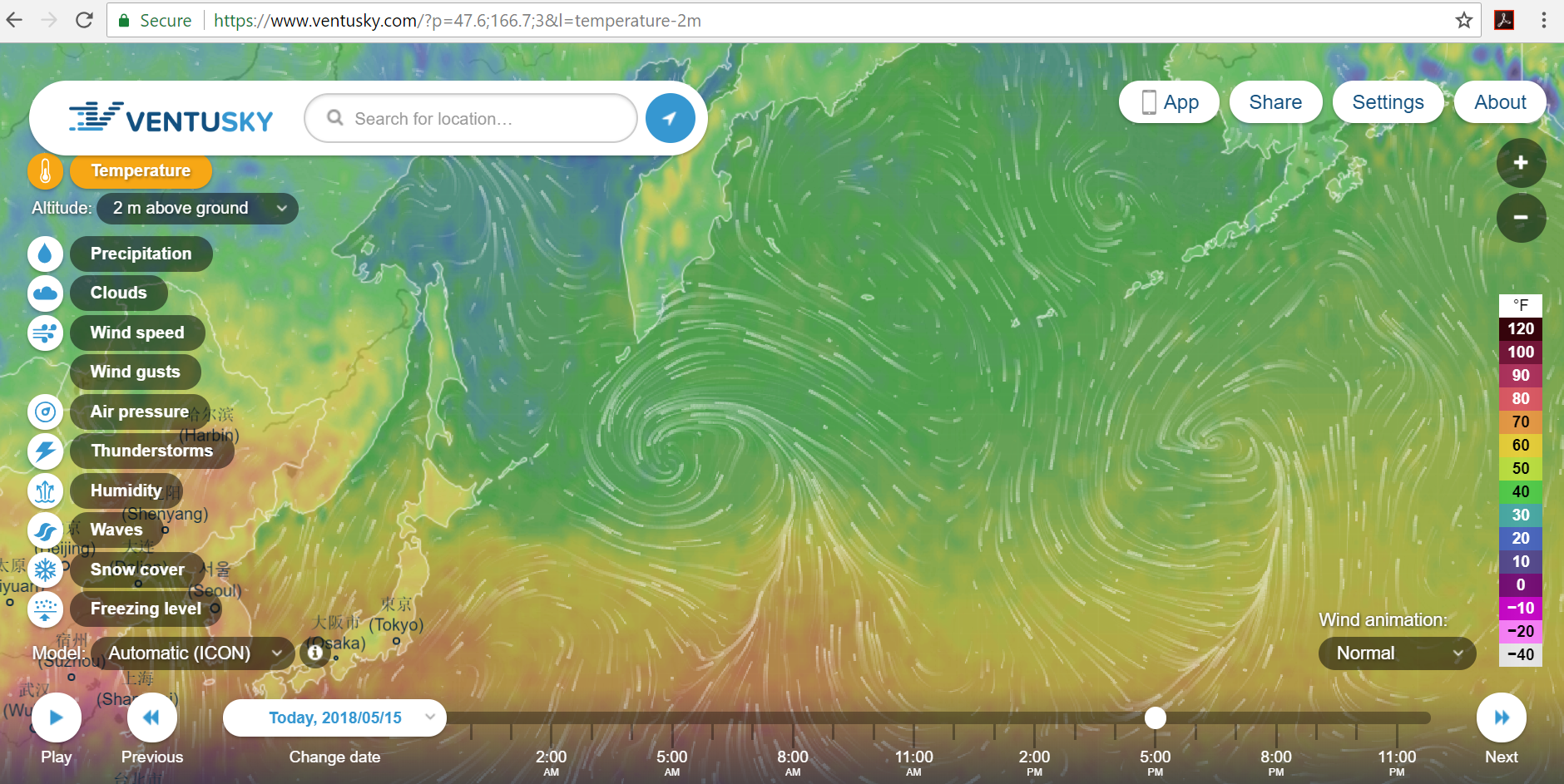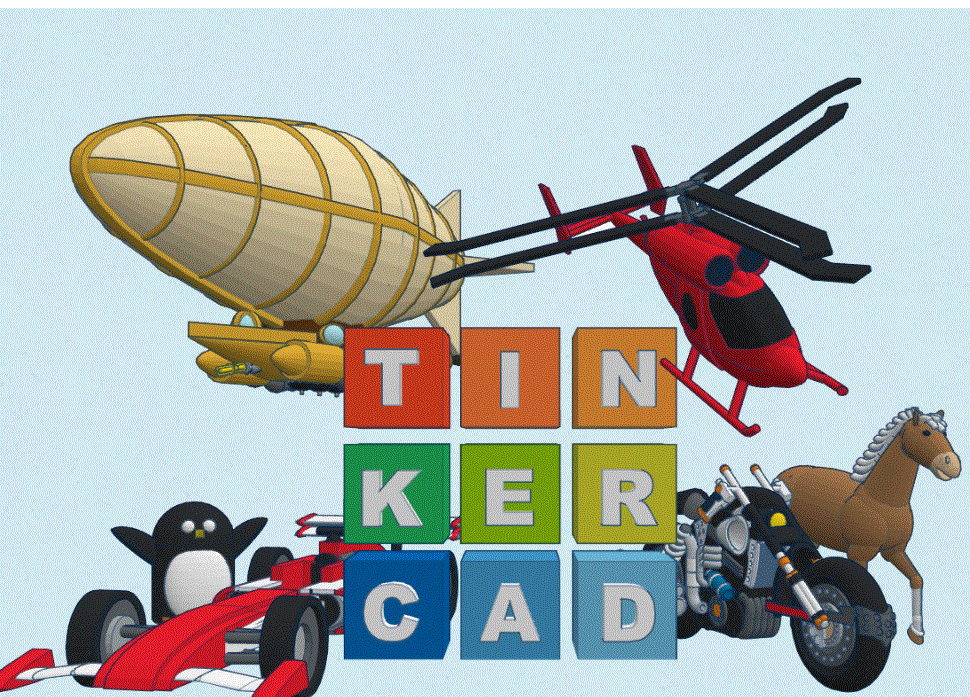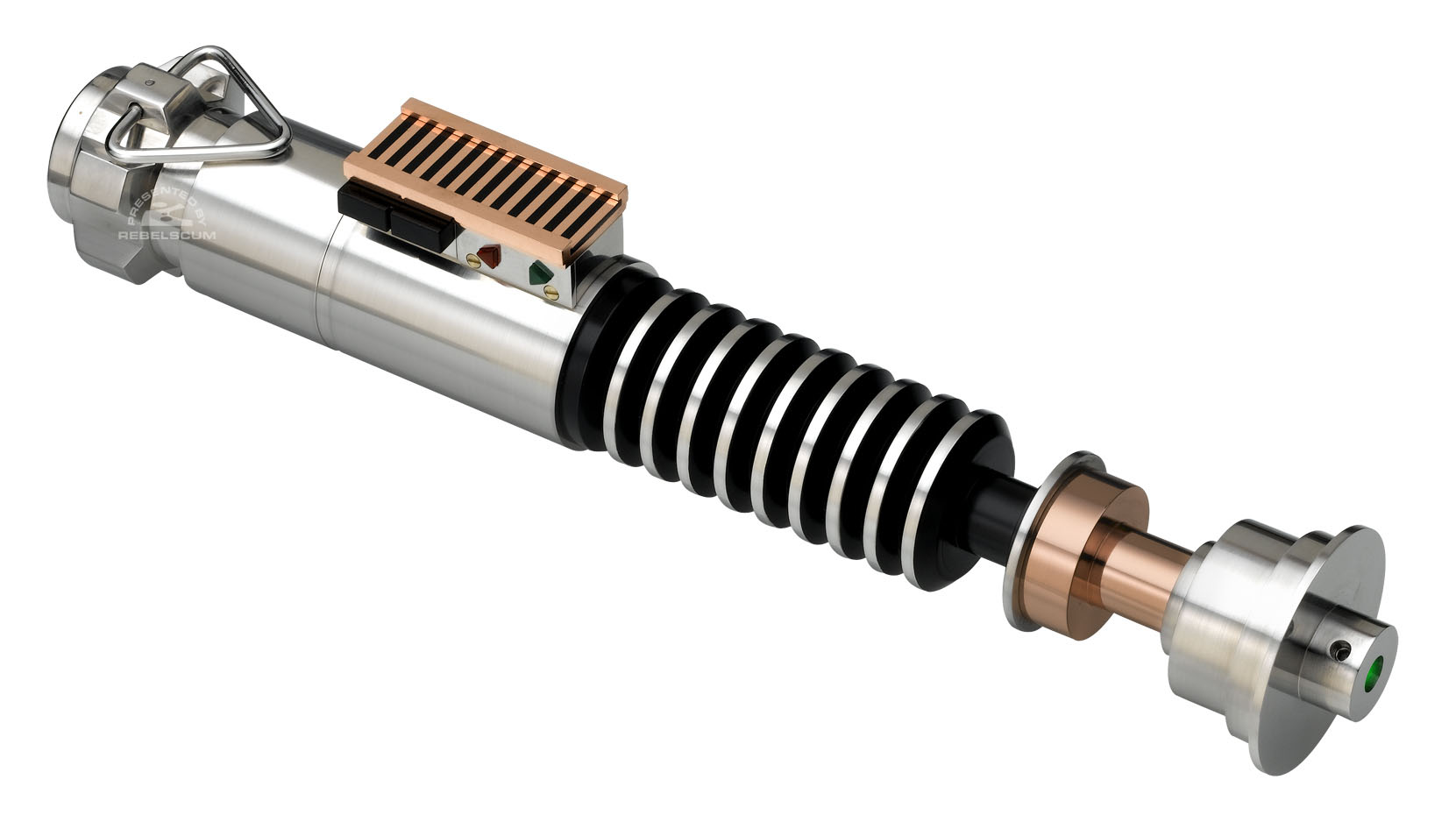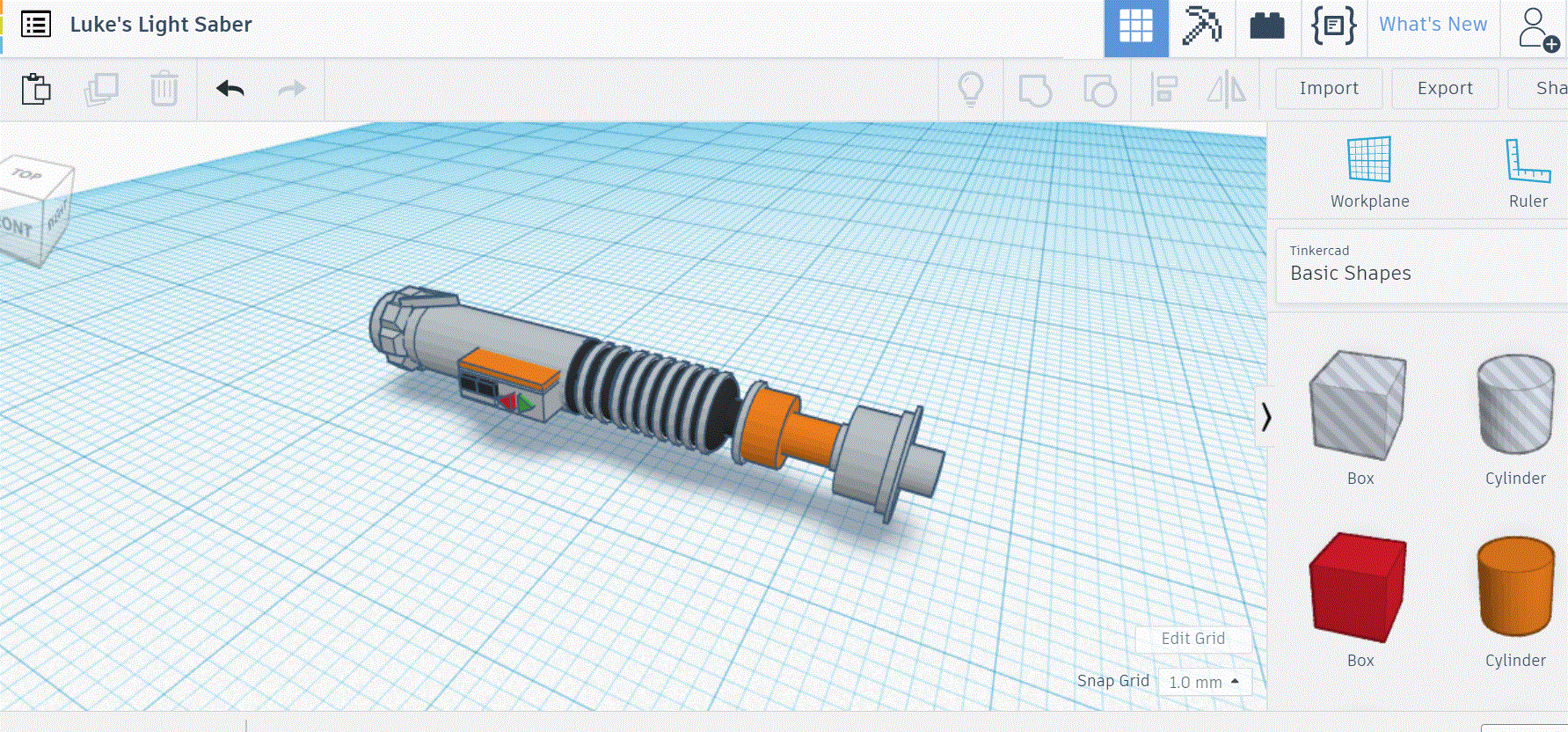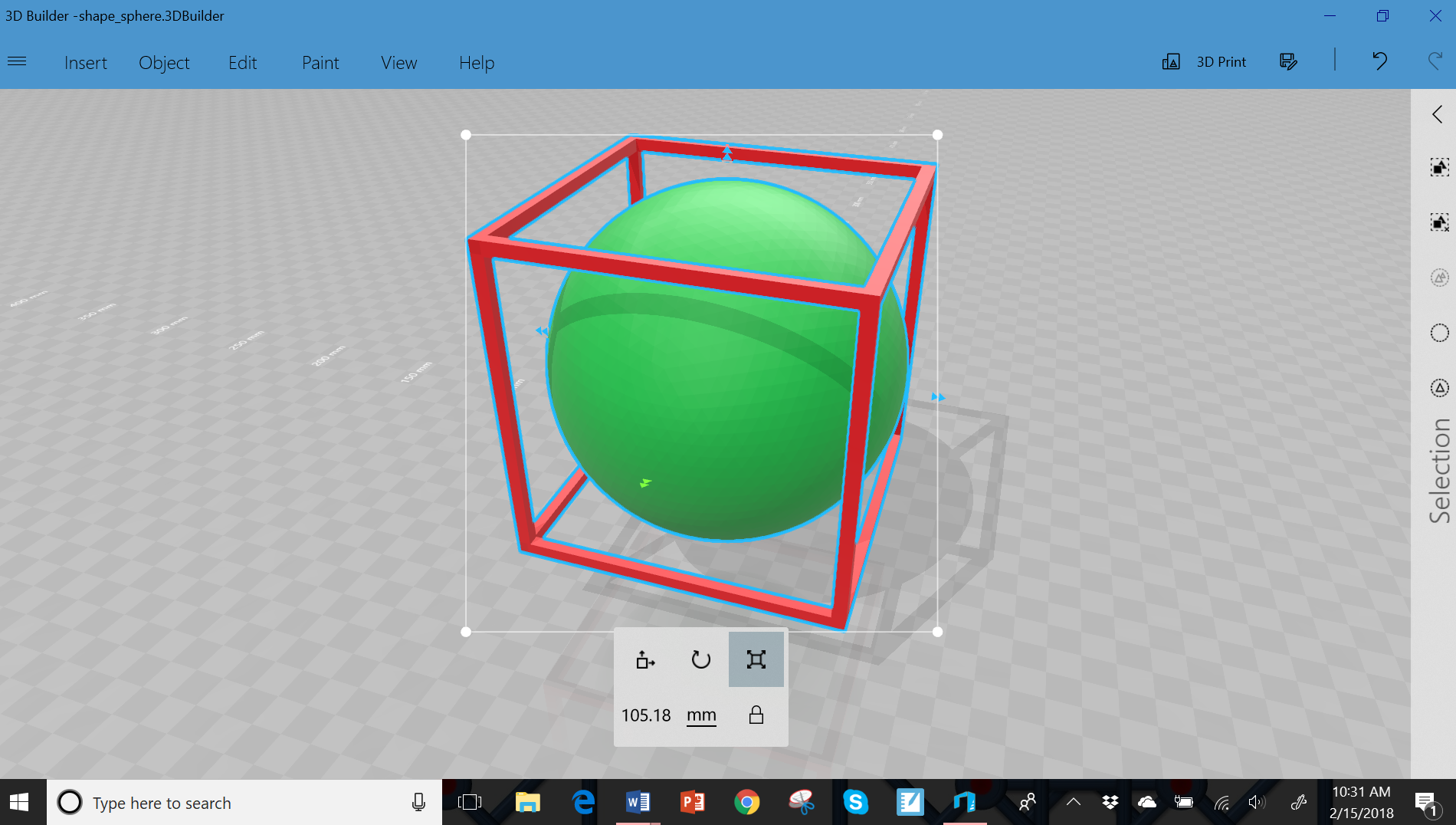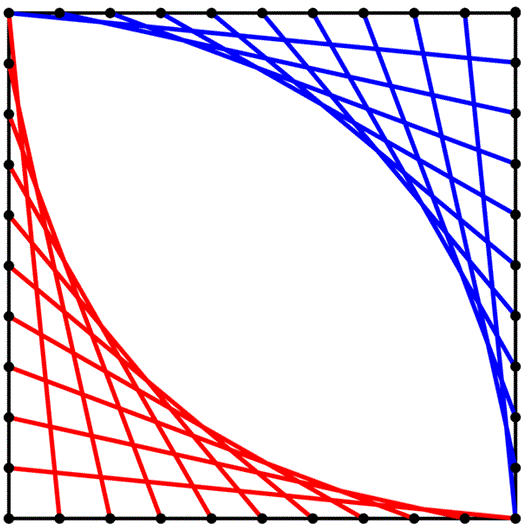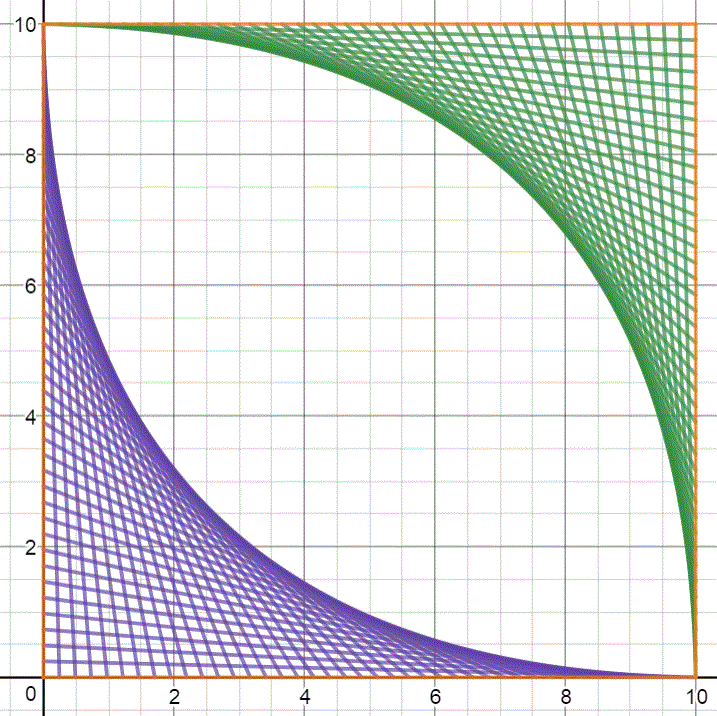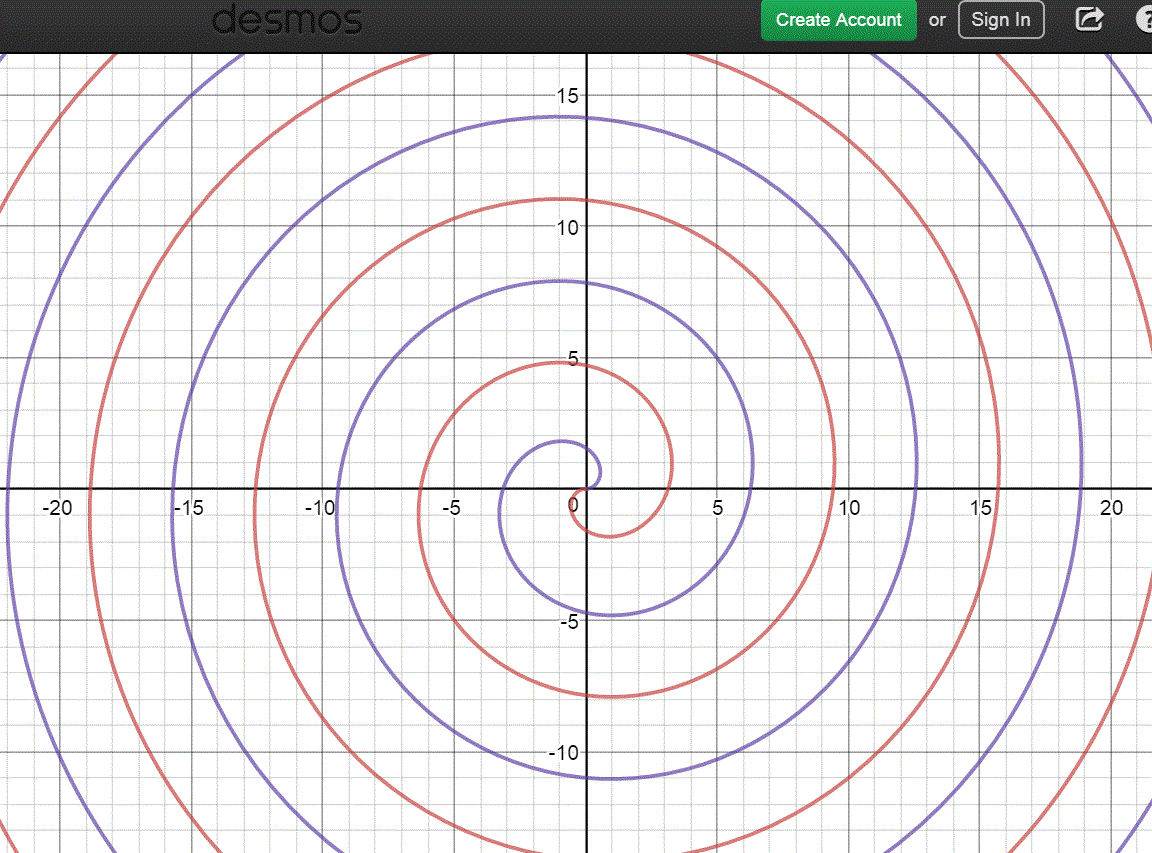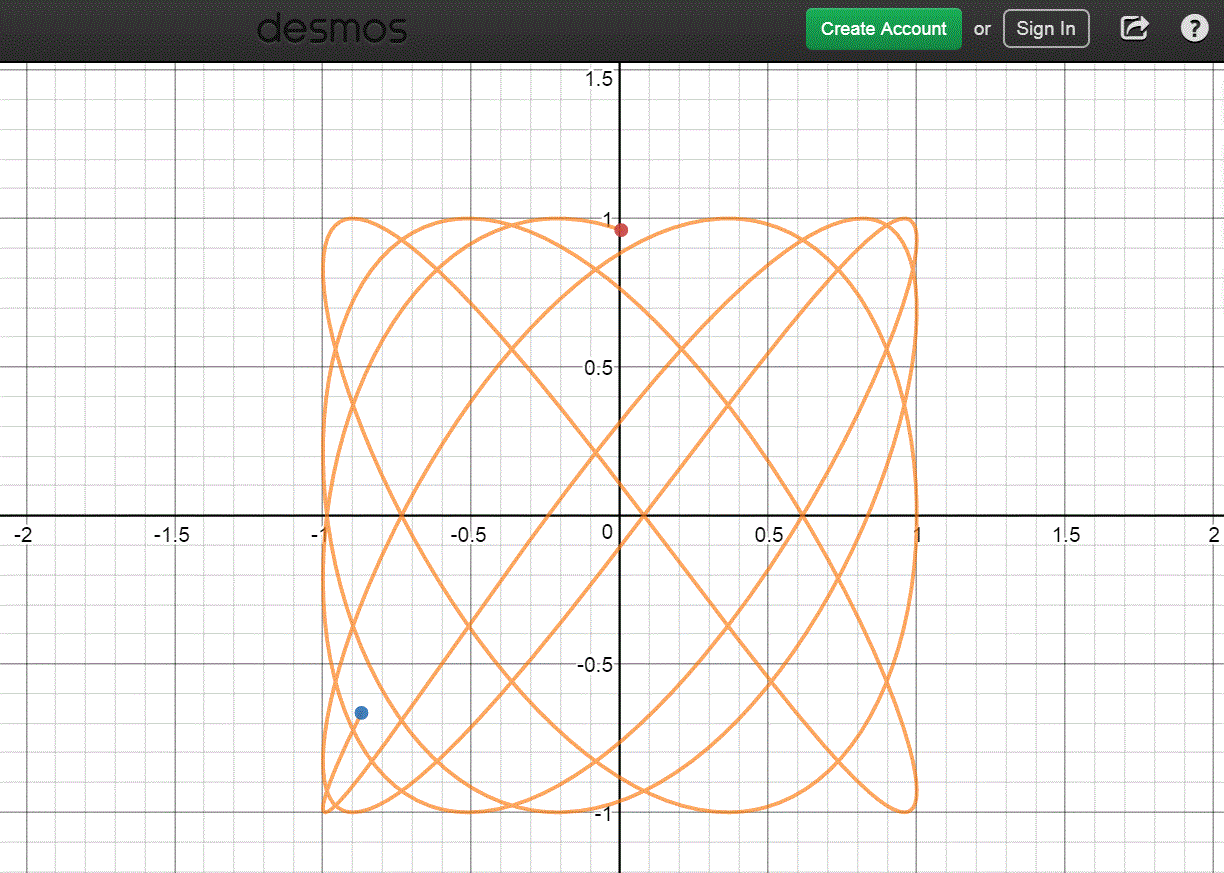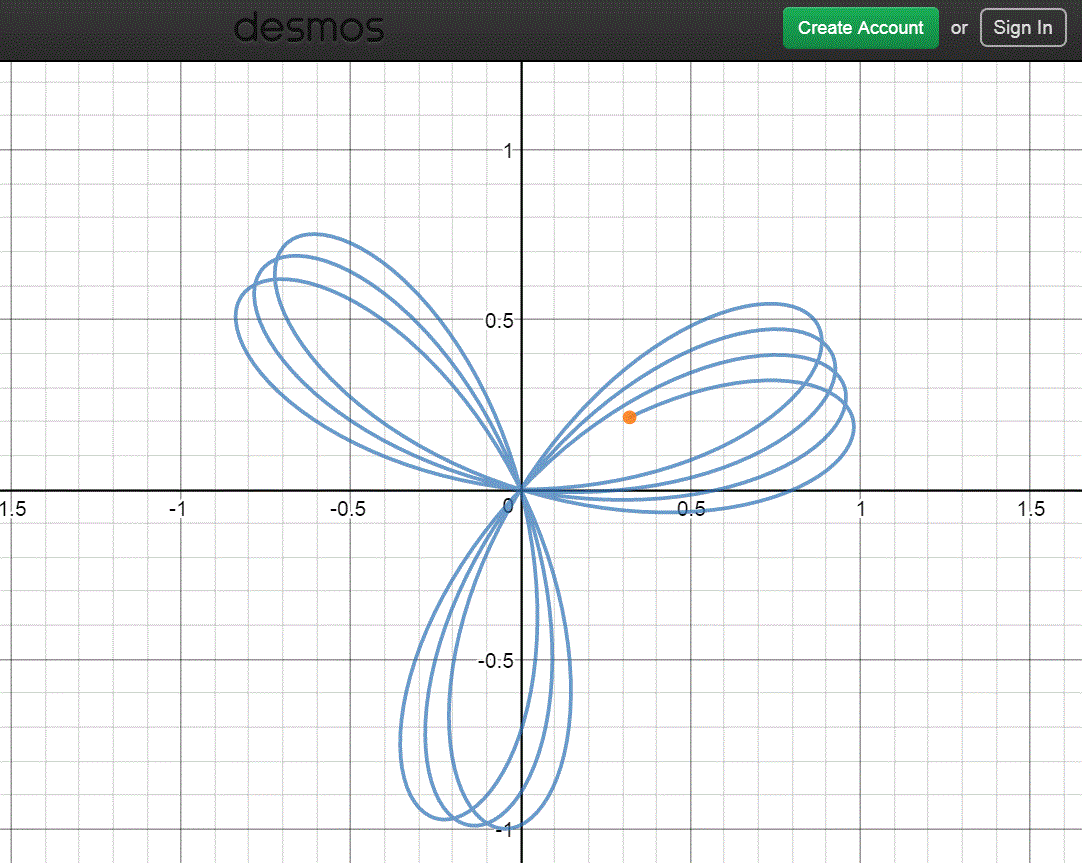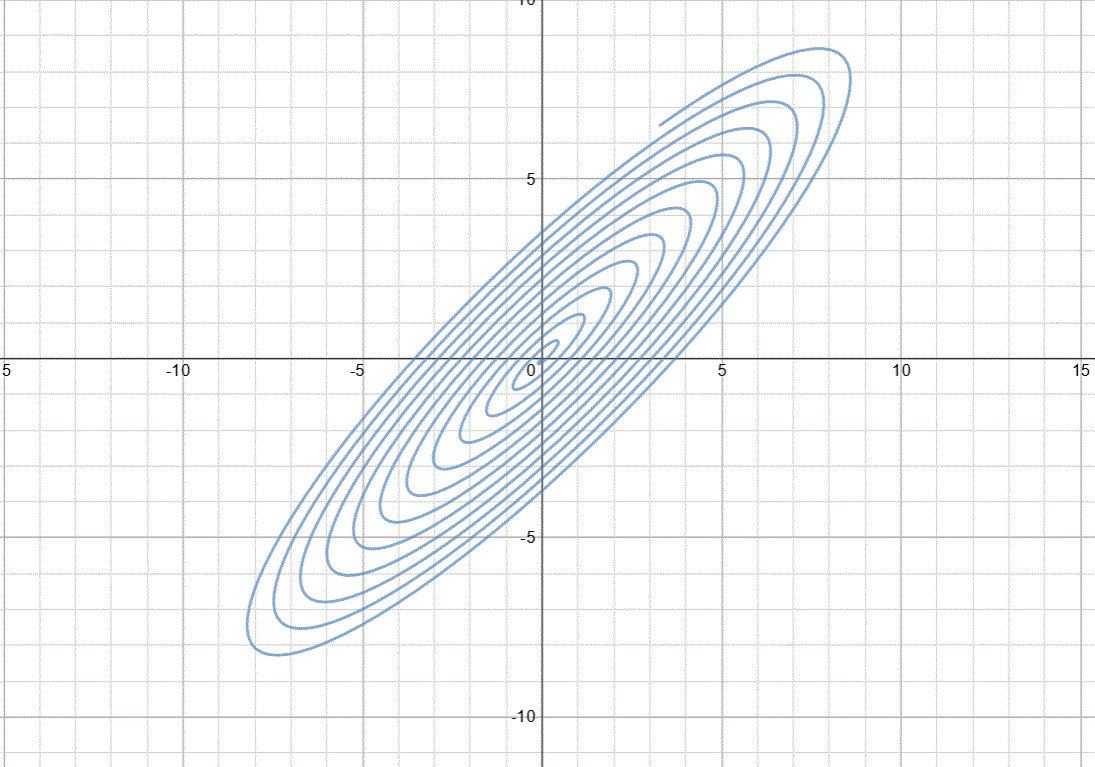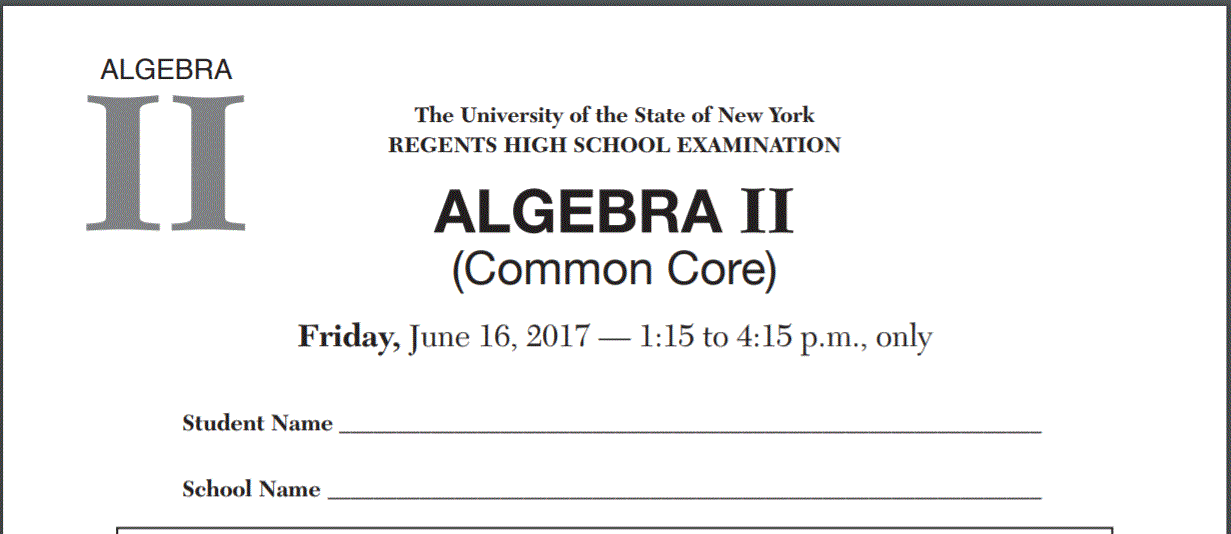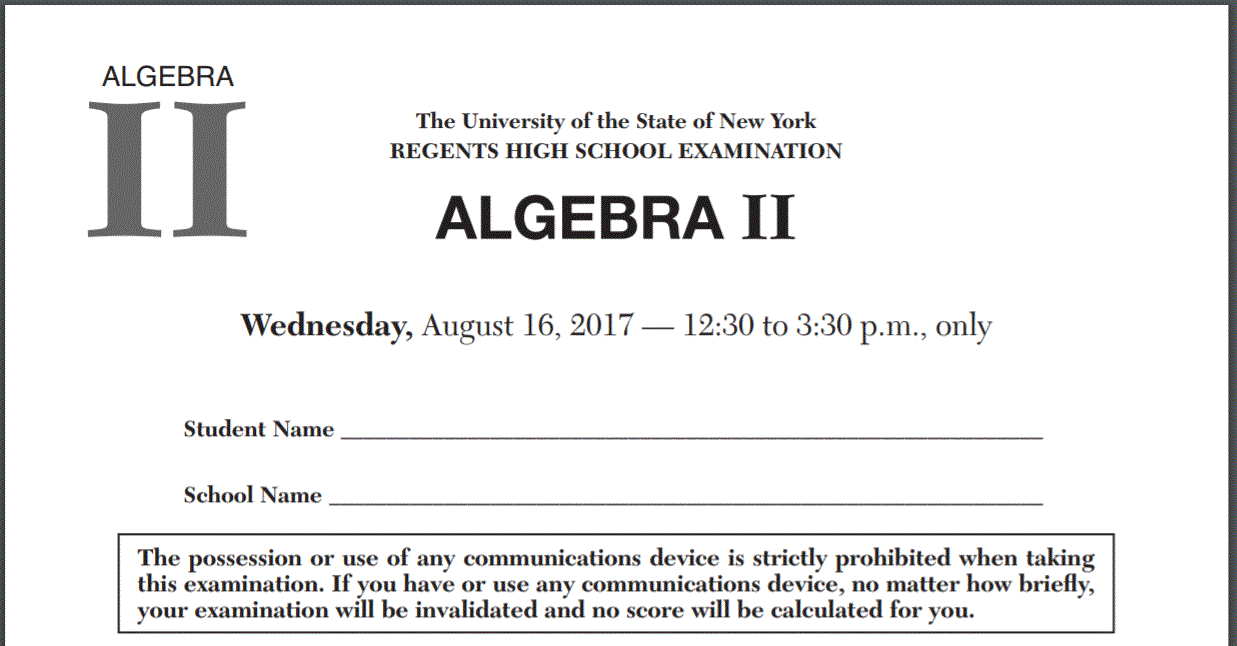October in upstate New York is underway with its beautiful colors, chilly air, shorter days, and lots and lots of apples.
Here at eMATHinstruction we are gearing up to attend the AMTNYS (Association of Math Teachers of New York State) Annual Fall conference in Saratoga Springs, New York. If you are attending the conference, please drop by and say hello. We love to chat with teachers who are using our curriculum to get vital feedback.
We’ve been busy in the last month creating new resources for you to use this year. We just posted the October Add-Ons for each of the courses. Let’s get into what those add-ons are for the month.
In our Common Core Algebra I Add-Ons we bring you some extra practice and another Form C exam. In Unit 2 we have a nice set of exercises to allow students to practice more on solving and graphing the solution sets to equations and inequalities. Some of the exercises are error analysis where students need to find the mistake and correct it. We also bring you the Form C Assessment for Unit 2. You now have three forms of the Assessments for Units 1 and 2. We’ll keep adding these on because teachers tell us that these extra assessments save a lot of time. Always feel free to let us know what add-ons you think would be helpful.
In the Common Core Geometry Add-Ons we also bring you extra practice and another assessment. We created a nice set of exercises that can be done towards the end of Unit 3 (Euclidean Triangle Proof). This set of exercises has kids justify why triangles must be congruent based on both rigid body motion reasoning and more classic Euclidean reasoning with congruence theorems. This is a great way to revisit two different types of thinking about congruence. We also bring you the Form B Assessment for Unit 4 (Constructions). Always good to have more than one assessment, especially when it contains lots and lots of geometric diagrams, as the Construction Assessment obviously has.
For our Common Core Algebra II Add-Ons its all Form C Assessments. We bring you both the Unit 2 (Functions) and Unit 3 (Linear Functions) Form C Assessments. Who couldn’t use an extra test with a system of three equations and three unknowns? Yes, that topic may be going away with the Next Gen changes, but it’s still in the curriculum now.
Finally, our Algebra 2 with Trigonometry Add-Ons also contain two assessments. We have now created Unit 3 (Quadratic Functions) Mid-Unit Quiz Form B. This quiz should be given after Lesson #8 in that very long unit. With two forms of this quiz now available teachers can mix and match or just give the new one for the year. We’ve also created a Unit 4 (Radicals and the Quadratic Formula) Form B Unit Assessment.
Well, a short newsletter for this month. I need to get back to writing. But, writing what?!? We plan to have a very exciting announcement in the next month or two regarding exactly that. I know my 5th grade daughter Evie is very excited to share the news. As always, if you have any suggestions for add-ons or questions about anything, feel free to contact us at: [email protected]

